What are Coral Reefs?

Coral reefs are admired and appreciated around the world. They are often referred to as “rainforests of the sea;” but, what exactly are coral reefs? You don’t have to be a marine biologist to understand these vibrant underwater habitats. How they form and their functions might surprise you. Let's dive into the fascinating world of coral reefs and discover how important they are, not only to the ocean but to the entire planet.
So, in order to understand coral reefs we need to know what exactly coral is. Although they may look like underwater plants or rocks, corals are actually animals. Coral polyps are living organisms that have been around for millions of years, long before the dinosaurs. Together polyps create coral colonies which together create coral reefs. These polyps are closely related to sea anemones and jellyfish and vary in size from microscopic to almost two feet long. If you come across a staghorn or elkhorn coral, while snorkeling or scuba diving, what you’re seeing is a massive colony of tiny polyps.
Coral polyps are invertebrates which means they are bone-less animals. They consist of three main parts: the body, mouth, and base. Once the polyp larvae lands on a hard surface it will create a limestone skeleton called calicles. This protects and supports its soft body and anchors it to the reef preventing it from continuously drifting. Once planted, they capture food using stinging tentacles that extend from their mouths. Over time, as multiple corals grow and reproduce in ideal conditions, whether next to or over one another, they will collectively form a coral reef.
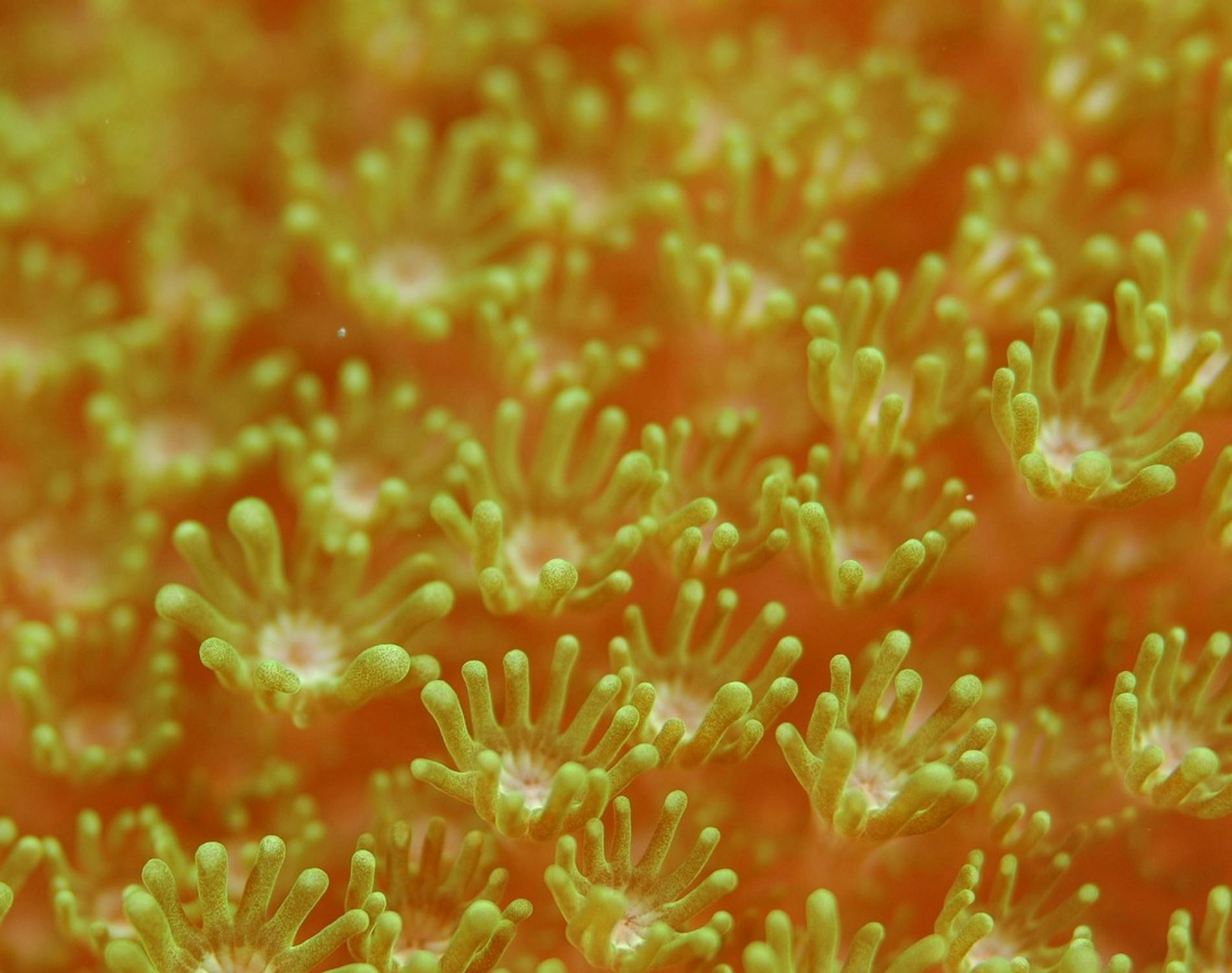
Why are Coral Reefs important?
Now that you understand how coral reefs are made, let's dive deeper into why they are so important. Without coral reefs, our oceans would be a barren wasteland where only the mightiest sea creatures would survive. Can you imagine how dull and terrifying scuba diving would be? Coral reefs are a home and sanctuary for a wide variety of marine life. They form complex structures that allow sea life to hide, rest, and breed. This creates a diverse and rich underwater ecosystem. But, it's not a one-sided relationship. Just like how fish depend on coral, coral also depends on fish. For instance, the parrotfish helps keep coral healthy by eating algae off the reef, preventing it from growing out of control and blocking the coral from receiving sunlight and nutrients. Coral reefs provide shelter for 25% of all marine creatures, yet surprisingly only make up only 1% of the ocean floor. Clearly, coral reefs are a big deal for life in the ocean. But besides the roughly two million species they provide for, coral reefs also protect the land. They are the land's first line of defense against waves and floods caused by storms. They safeguard the shorelines against the forces of the ocean, helping protect lives, prevent property damage, and guard against erosion. Coral reefs are nature’s natural barrier, protecting the land at the ocean’s edge.
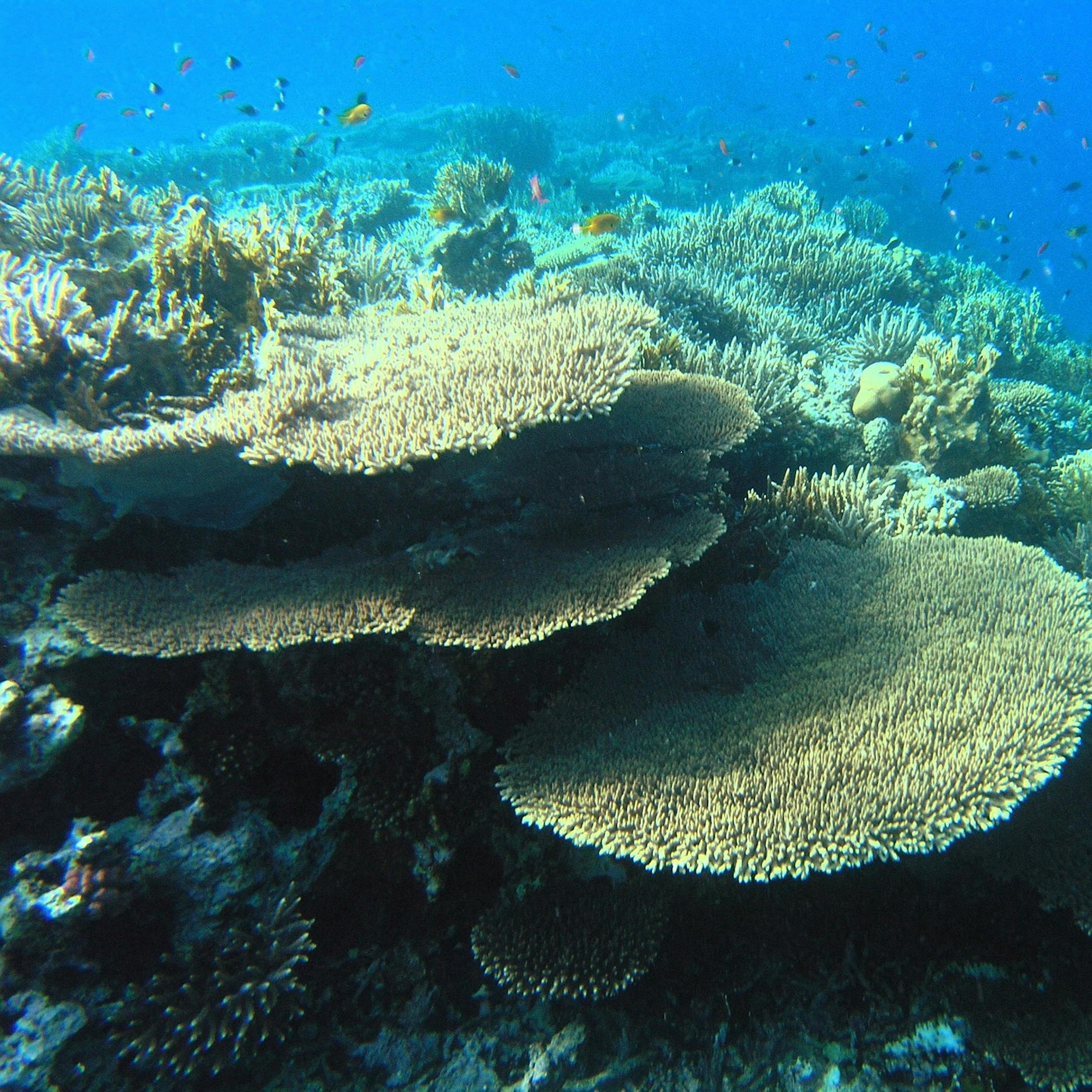
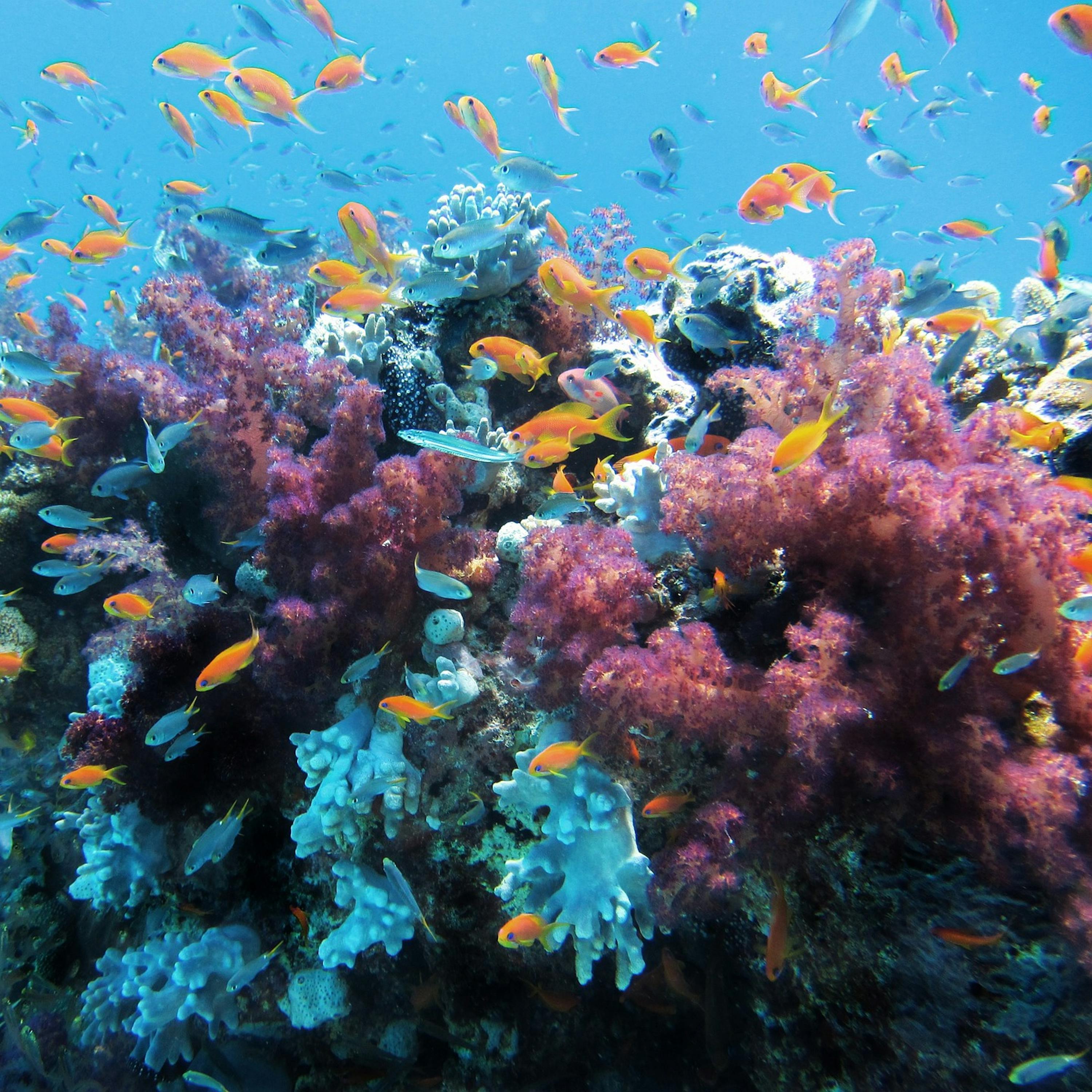
You’re probably wondering since coral reefs are so beneficial to the Earth, why aren’t there more of them? Simply put, Corals require certain factors to survive and these only exist in a small percentage of the earth’s oceans. As stated earlier, corals are not plants but within each polyp, there is an algae called zooxanthellae. Try saying that 5 times fast. In fact, many marine organisms have zooxanthellae living within their tissues including corals, jellyfish, and mollusks. These two organisms, zooxanthellae and polyps, have a symbiotic relationship and one can’t survive without the other. The zooxanthellae provide coral with nutrients and oxygen. In return, the polyps provide shelter and nutrients like carbon dioxide to the algae. Fun fact, coral is usually pale to white, and the colors you see come from the zooxanthellae within the polyp tissue. Zooxanthellae are plant-like organisms that need sunlight to photosynthesize. Therefore, since coral can not survive without zooxanthellae, coral reefs only exist in clear shallow warm water areas where the zooxanthellae can thrive. Other conditions needed for healthy coral growth include warm and salty waters, which is why you’ll never find a coral reef in a lake, near an estuary, or in cold waters like the Antarctic. These are some of the natural reasons why coral reefs only make up 1% of the ocean floor.
Are all Coral Reefs the same?
There are only four types of coral reefs. The most common coral reef is the fringing reef. These grow closest to the coastline with only a narrow, shallow lagoon separating them from the shore. Being the closest to land, fringing reefs are among the most affected by human activities. Another type of coral reef is the barrier reef. Similar to the fringing reef, these grow parallel to the coastline but with a deeper and larger lagoon. These reefs can grow to reach the surface of the water, creating a “barrier,” which serves to protect the shoreline. You might have heard about the Great Barrier Reef of Australia which is the world’s largest barrier reef. It runs for approximately 1,429 miles and is the largest single structure made from living organisms on the planet. A third type of coral reef is known as atolls. Atolls are interesting because they form on top of submerged volcanic islands. This type of reef can vary in size and create a circular or oval formation with a central lagoon. There are more than 300 atolls, most located in the Indian and Pacific Oceans. Lastly, patch reefs can occur in the lagoons of barrier and atoll reefs. A patch reef resembles an underdeveloped reef because multiple corals are scattered closely. Next time you go snorkeling or diving among a coral reef, see if you can figure out what type it is.
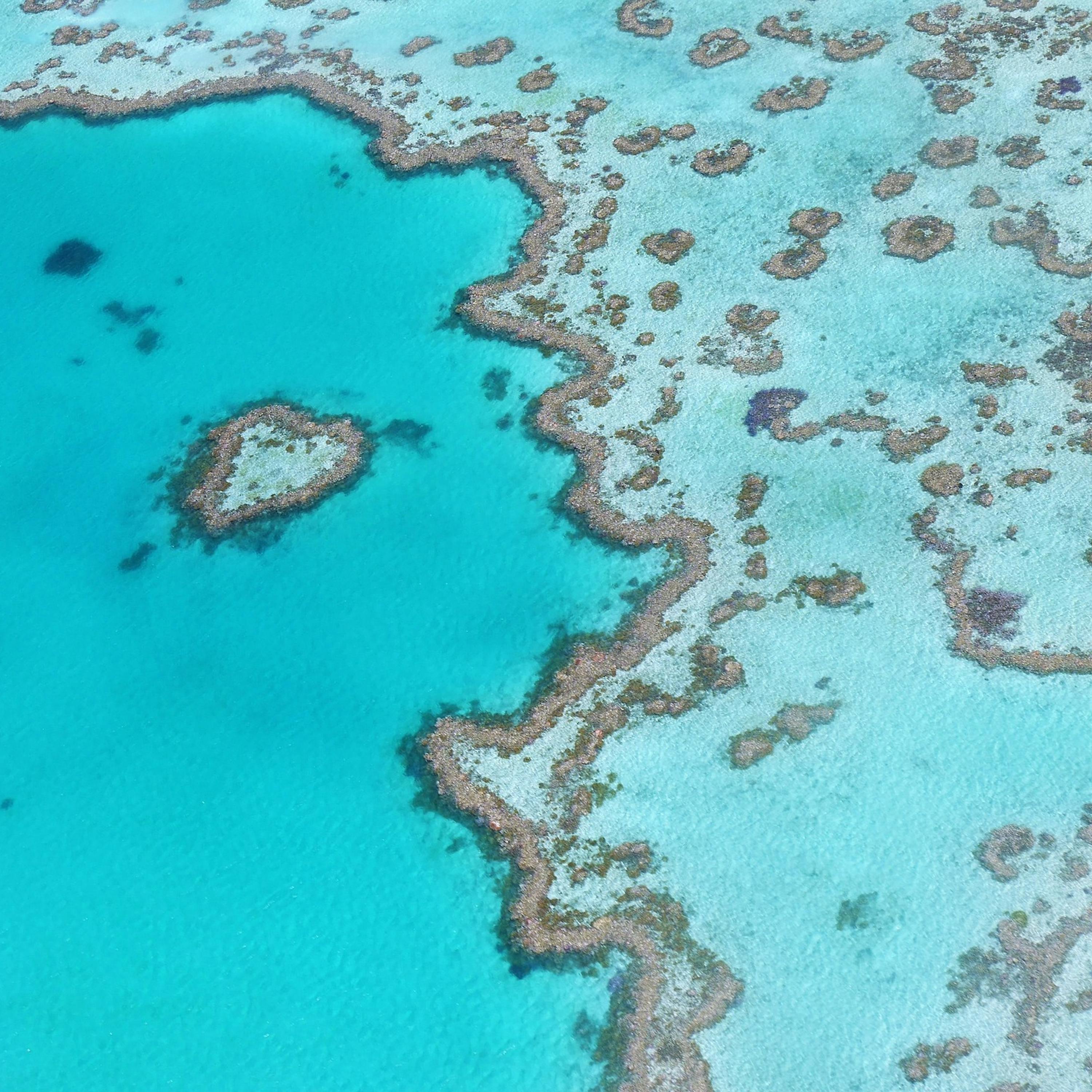
How do we impact Coral Reefs?
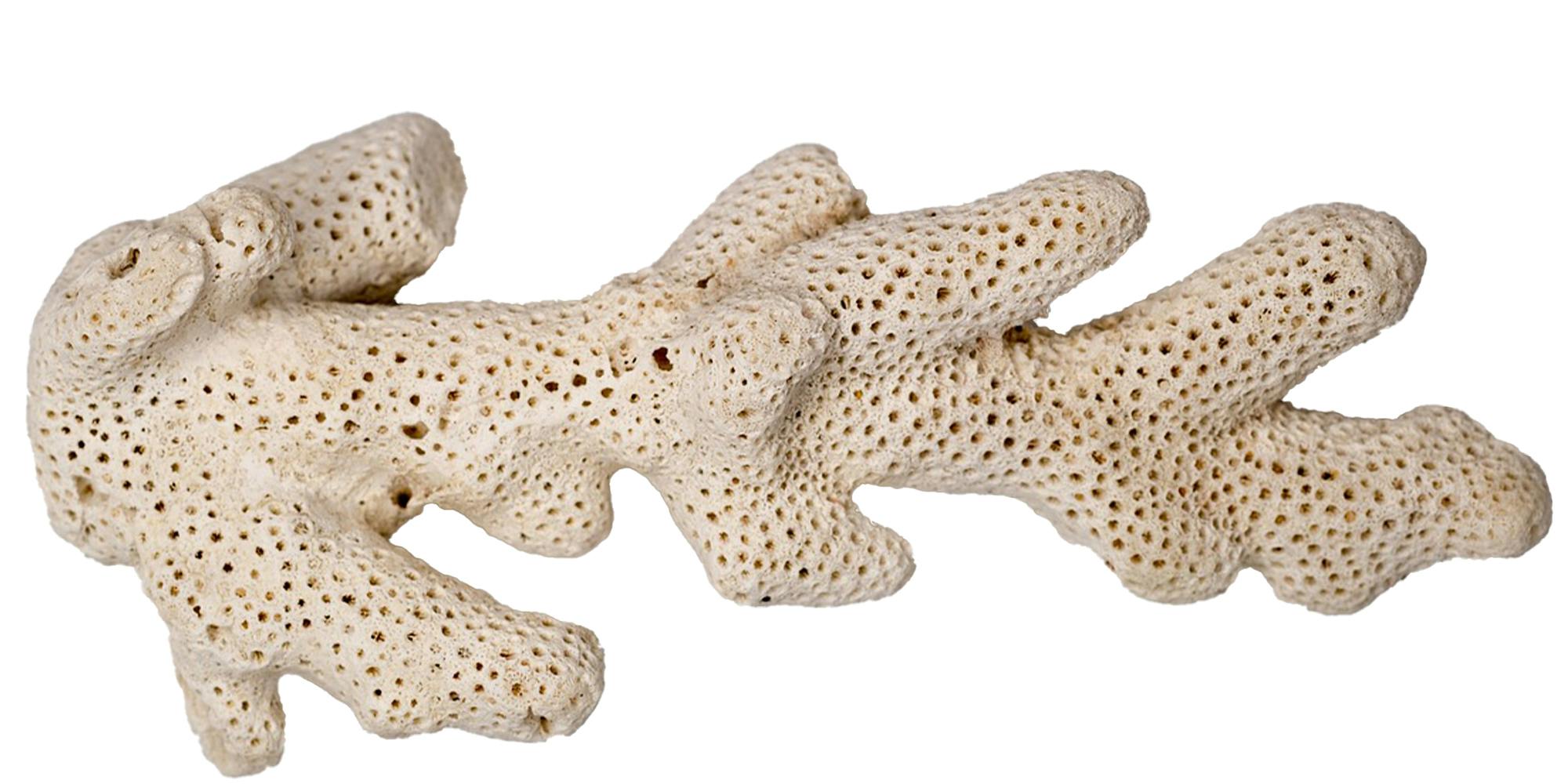
As important as coral reefs are to the Earth they face constant threats such as pollution, destructive fishing practices, and global warming. Have you heard the term coral bleaching? It actually has nothing to do with the toxic laundry detergent; but, when corals get stressed they release the zooxanthellae algae within their tissue. In doing so, it denies itself from its main source of nutrition and reveals the white color of its underlying skeletal system. Fortunately, coral can recover if conditions return to normal. Organizations like the Coral Restoration Foundation are actively striving to restore coral reefs on a massive scale. They also educate others on its importance and use science to further coral research and development.
You don’t have to be a marine biologist to care about coral reefs. Snorkeling and diving wouldn’t be as incredible and thrilling without coral reefs. They are not only vital to the ocean but also to the rest of planet Earth. There are actions you can take today to benefit our coral reefs, whether it be by wearing reef-safe sunscreen or volunteering for a beach cleanup. Just like how the Great Barrier Reef started with a single coral, the choices you make will play a part in protecting beautiful coral reefs. Hopefully, you learned something new about coral reefs, and as always… Happy Diving!
FAQs
What is coral?
Coral is made up of a marine invertebrate organism called polyps. Colonies are formed, which are interconnected by living tissues.
How do coral reefs form?
Coral reefs form over long periods as multiple coral polyps secrete calicles, which accumulate and create the complex structures we recognize as coral reefs.
Why are coral reefs important?
Coral reefs are vital ecosystems, providing habitat for numerous marine species and protecting coastlines.
How do corals have vibrant colors?
Corals get their colors from the symbiotic algae called zooxanthellae living within their tissues.
What is coral bleaching?
Coral bleaching occurs when coral polyps expel the symbiotic algae living in their tissues, causing the coral to turn white. It is often a stress response, particularly due to elevated sea temperatures.
Can damaged coral reefs recover?
Yes, damaged coral reefs can recover through processes like natural regeneration and coral restoration efforts, but success depends on the severity of the damage and the local environmental conditions.
Are all coral reefs the same?
No, coral reefs vary in structure, size, and species. There are different types of coral reefs, including barrier reefs, fringing reefs, atolls, and patch reefs, each with unique characteristics.





